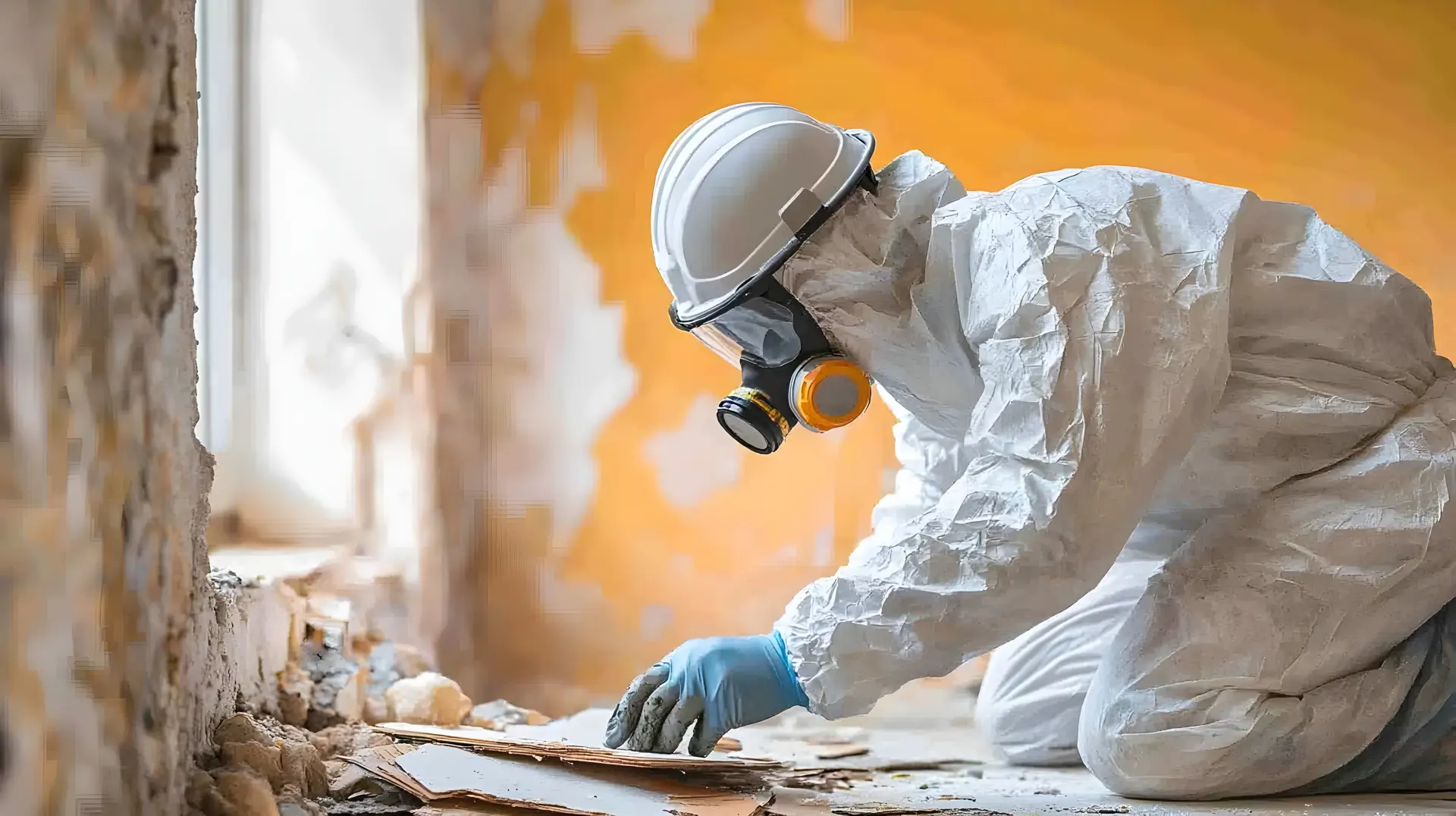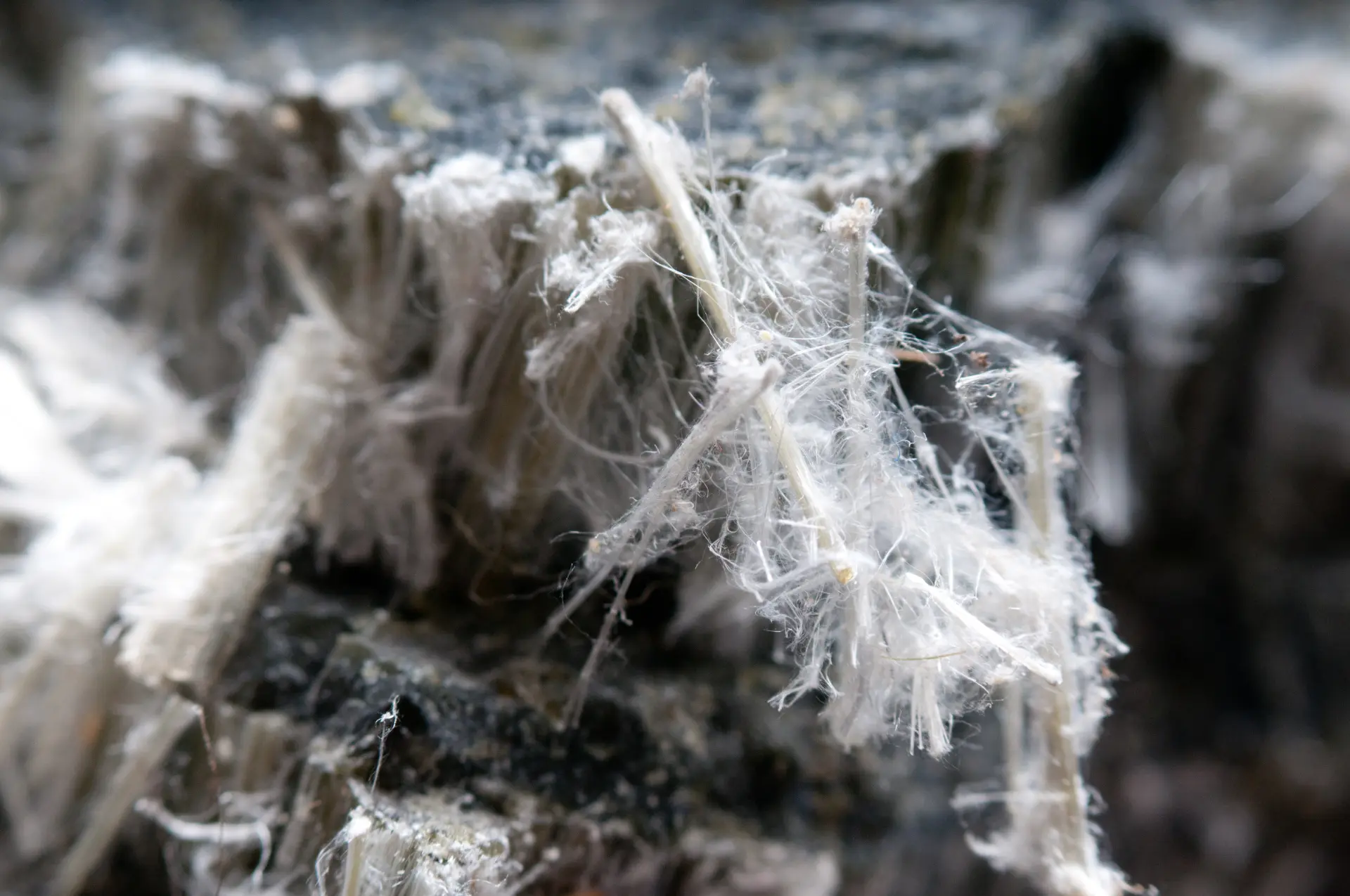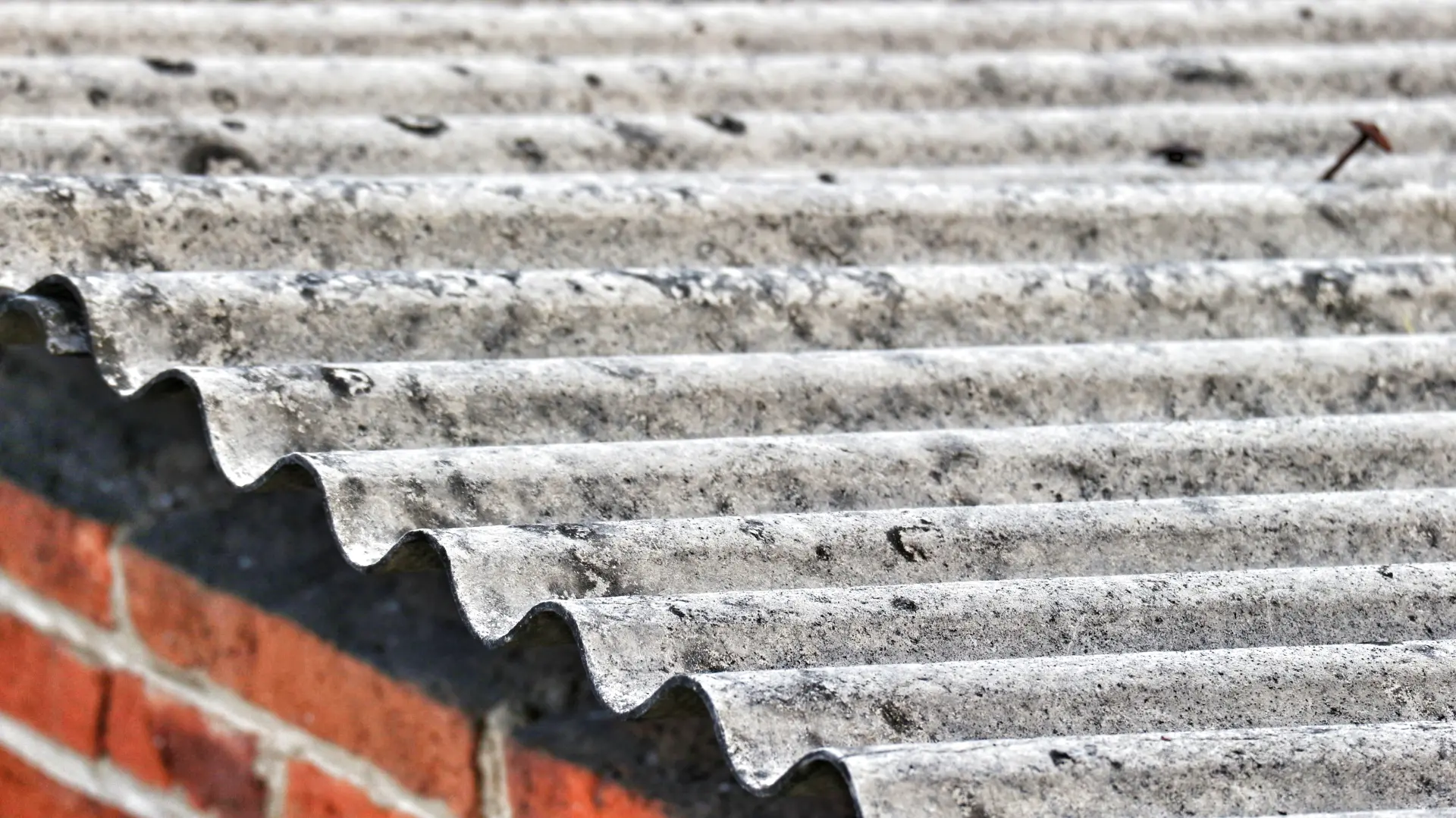Learn about the types of asbestos and where it might be found, including common materials, building locations, and health risks associated with exposure.
This article explains the most common forms of asbestos, where they were widely used, and why proper identification matters for health and safety.
The Three Main Types of Asbestos
There are six types of asbestos, but three are the most widely used: white, brown, and blue. Each type has different properties, but all are dangerous when fibres are released into the air and breathed in.
White asbestos, also known as chrysotile, is the most commonly found form. It has fine, curly fibres and was widely used in roofing materials, cement products, ceiling tiles, and insulation boards. It is still found in many buildings today.
Brown asbestos, or amosite, has straight, brittle fibres and was often used in pipe insulation, cement sheets, and ceiling tiles. It is considered more dangerous than chrysotile due to its greater strength and ease of becoming airborne.
Blue asbestos, known as crocidolite, has fine needle-like fibres that can easily penetrate the lungs. It was used in spray-on coatings, pipe insulation, and some cement products. It is considered the most hazardous type due to its sharp fibres and high risk of causing mesothelioma.
Other Less Common Types of Asbestos
The other three types are tremolite, actinolite, and anthophyllite. These were never as commonly used but can still be found mixed into other materials. They are often present in products that were not intended to contain asbestos, such as talc-based powders or contaminated insulation.
Tremolite and actinolite are sometimes found in vermiculite insulation and certain imported goods. Anthophyllite was occasionally used in limited cement and insulation materials. These types are just as dangerous when disturbed and can lead to health issues like asbestosis, lung cancer, and mesothelioma.
Although they are less common, these forms still pose a risk if people come into contact with them during renovation, demolition, or other building work.

Common Places Asbestos Is Found in Buildings
Asbestos was used in thousands of products, especially between the 1950s and 1980s. In buildings, it can be found in sprayed coatings on ceilings, walls, and steelwork. It is also present in floor tiles, textured wall coverings, partition walls, and certain adhesives.
Old boilers, pipe lagging, water tanks, and roof sheets often contain some form of asbestos. Materials may look safe on the surface but still release fibres into the air if damaged or disturbed. That is why older buildings are considered a higher risk when it comes to asbestos exposure.
Workers and building owners must be aware of these common areas to prevent unintentional exposure and to protect long-term health.

Asbestos in Homes and Domestic Properties
Many homes built before the year 2000 contain asbestos in some form. Common examples include garage roofs, soffits, Artex ceilings, vinyl floor tiles, and pipe insulation.
Homeowners may not know asbestos is present until they begin renovation work. Drilling, sanding, or removing materials can release invisible fibres into the air, which are then breathed deep into the lungs. This increases the risk of long-term health problems, especially if contact is repeated over time.
Even everyday DIY work can become dangerous without knowing what materials you are dealing with. That is why proper identification is essential before starting any home improvement project.
What to Do If You Suspect Asbestos
If you suspect a material contains asbestos, stop work immediately and do not disturb it. Contact a licensed asbestos surveyor to carry out testing. Never try to remove asbestos yourself, as this greatly increases the danger of releasing harmful fibres.
Knowing the type of asbestos and where it is commonly found helps reduce exposure. It also allows for safer decision making when dealing with older buildings. Whether in homes or workplaces, identifying asbestos early protects both people and long-term health.
Early action not only prevents further contact but also helps ensure that the correct safety steps are taken before any building or repair work continues.
Looking for asbestos removal training in Aberdeen and Aberdeenshire? Whether you need licensed, non-licensed or refresher training, follow the link below to learn more about our fully accredited training options.

